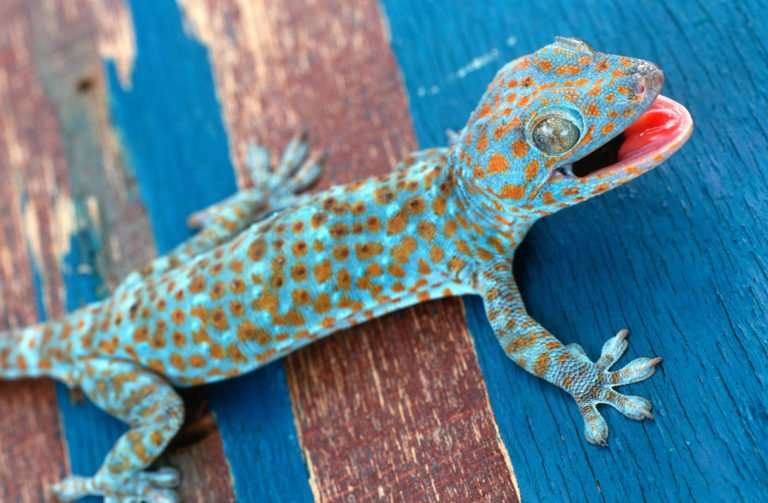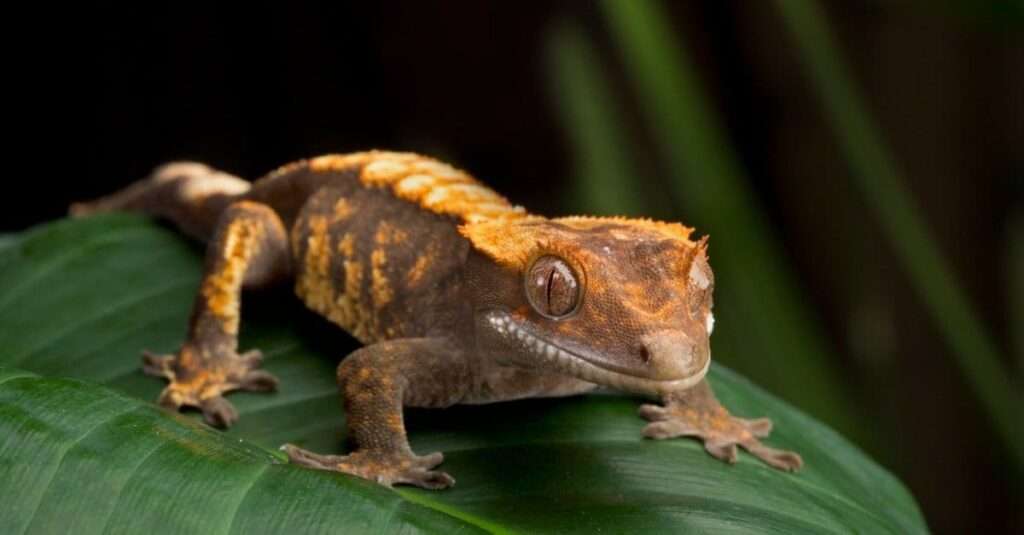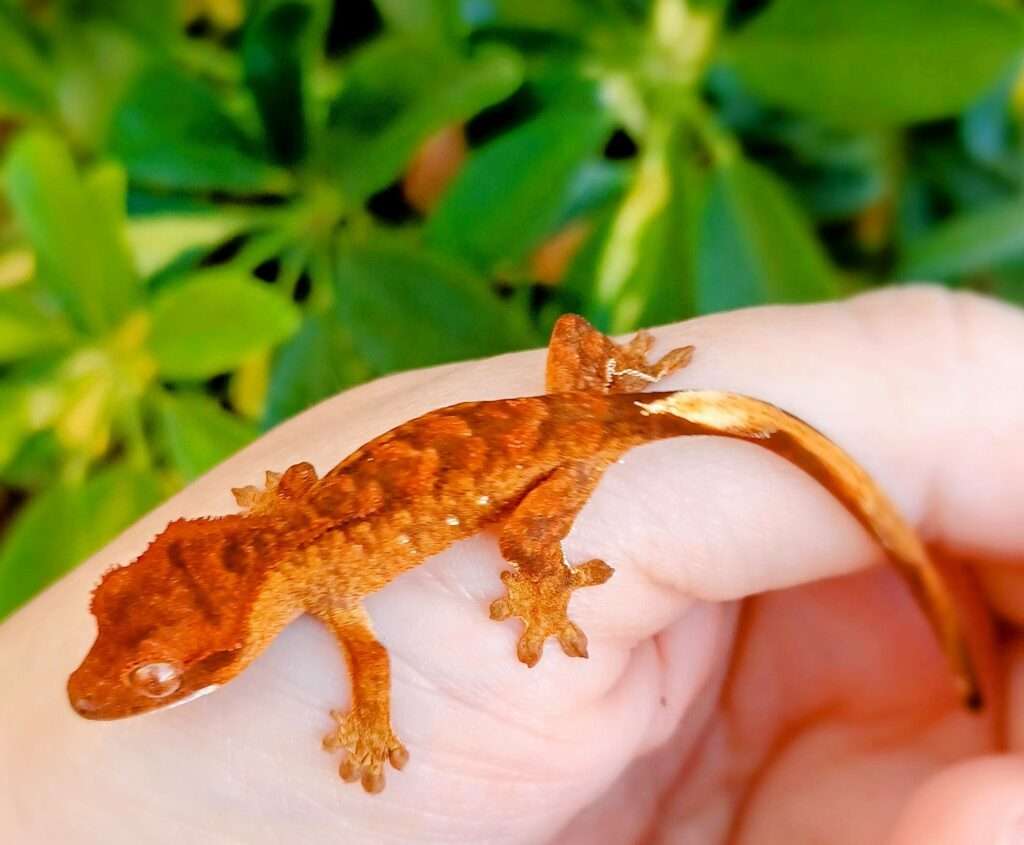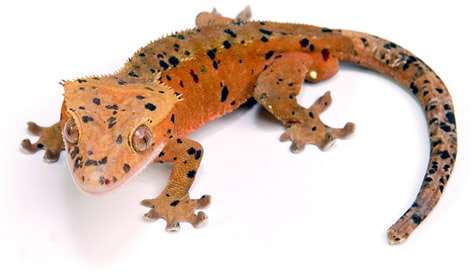
Description:
Scientific name: Gekko gecko
Life span: About 10 years
After the New Caledonian giant gecko and the gigantic leaf-tail gecko (Uroplatus giganteus), it is thought to be the third largest species of gecko (Rhacodactylus leachianus). Despite having a somewhat flattened body shape, it is cylindrical. The pupils of the eyes are vertical.
Although the animal may alter the color of its skin to blend in with its surroundings, it typically has soft, blue-gray skin with red or orange dots and specks. Males of the species are slightly larger and have more vivid colors than females.
Native Region/Habitat
Northeast India, Bhutan, Nepal, and Bangladesh are home to this species. It is also widespread in Southeast Asia, including the Philippines, Thailand, Indonesia, and Malaysia, as well as near western New Guinea.
Behavior:
Tokay geckos may bite hard and are frequently hostile and territorial. While being widely available as a pet, the tokay gecko is not recommended for beginners due to its powerful bite. Moreover, the size of the gecko affects the power of the bite; larger (often male) tokay geckos can pierce flesh, which frequently causes instant bleeding. One or two hard-shelled eggs are laid in clutches by females, who care for them until they hatch.
Care As a pet/In captivity:

Housing: Male tokay geckos should never be kept together. It’s also not a good idea to have your gecko in your bedroom because its noises could keep you awake.
A 20-gallon tank is the smallest capacity that is adequate for housing these giant geckos. Because your gecko will spend a lot of time climbing, provide robust branches. And if you like, add potted plants safe for reptiles. The usage of artificial plants is also possible. Also, provide some hiding places with caverns, half-logs, or cork bark.
Heat: Aim for daytime temperatures of 80 to 90 degrees Fahrenheit (27 to 32 degrees Celsius) and evening temperatures of 70 to 80 degrees (21 to 27 degrees Celsius). During the day, an incandescent bulb can be used to provide heat. To simulate the day-night cycle, however, a nocturnal reptile bulb or ceramic heat element must be utilized at night.
Light: As a nocturnal species, tokay geckos do not often require UVB-emitting bulbs, but some professionals think a small amount of UV light may be beneficial to their general health. By using a red night light, you can see your gecko while it’s most active at night without disturbing it during its regular cycle of day and night.
Humidity: Tokay geckos prefer an environment with a high humidity level of about 70%. Don’t allow it to fall below 50%. Misting, a substrate that holds water, and a bowl of water can all be used to maintain humidity. But, you should also check the airflow in the tank, as a too-humid environment can have negative effects for your health. 1 A hygrometer can be used to measure the humidity level.
Food and Water: Tokay geckos can be fed a variety of insect prey, such as superworms, grasshoppers,mealworms, crickets, waxworms, and cockroaches, as they are often avid eaters. Pinky mice might even be taken by larger tokays. Prey should be gut loaded (given nutritious meals that the gecko then consumes) and sprinkled with a calcium-rich vitamin powder. Adults normally receive food every other day whereas children can receive food every 24 hours. For advice on how much to feed your gecko based on its size and age, speak with your veterinarian.
Tokay geckos frequently drink from the water droplets that fall on the climbing branches in their enclosure during misting, just like they would in the wild. But, you should also put a small water dish on the floor of the tank so they have access to water at all times.
Table





